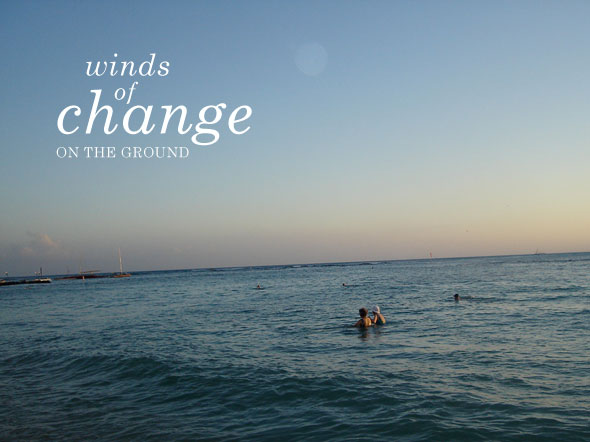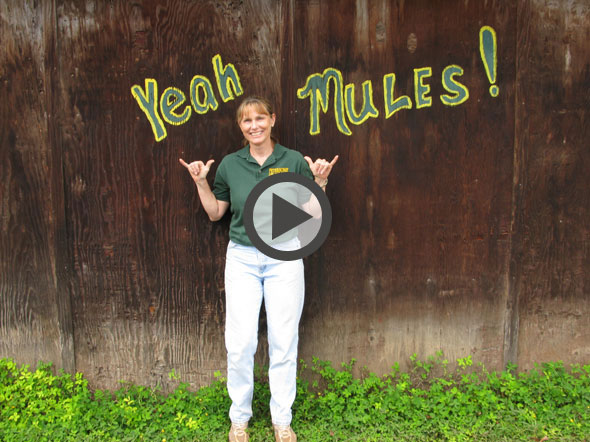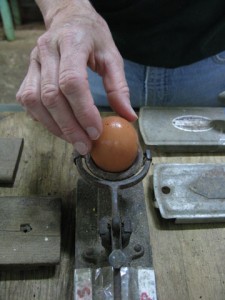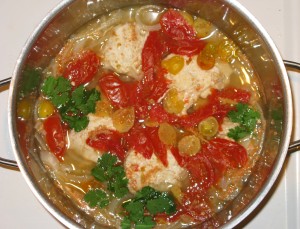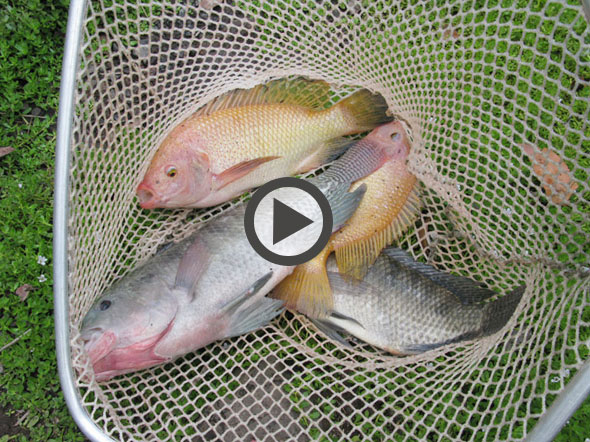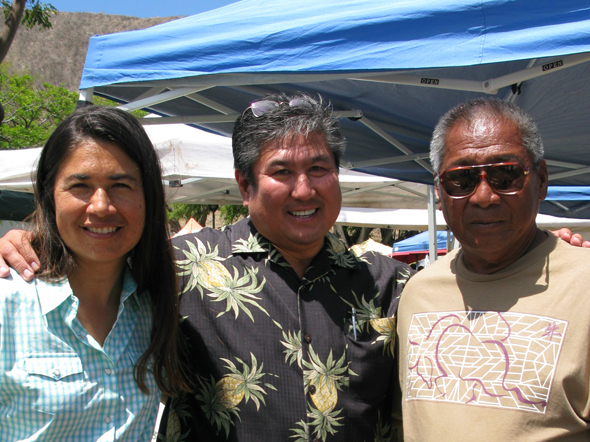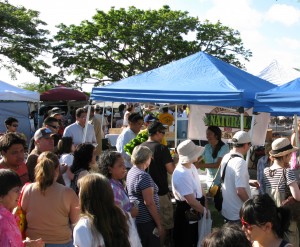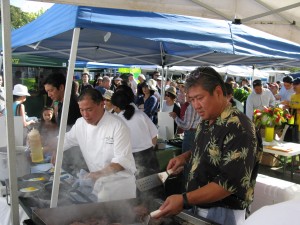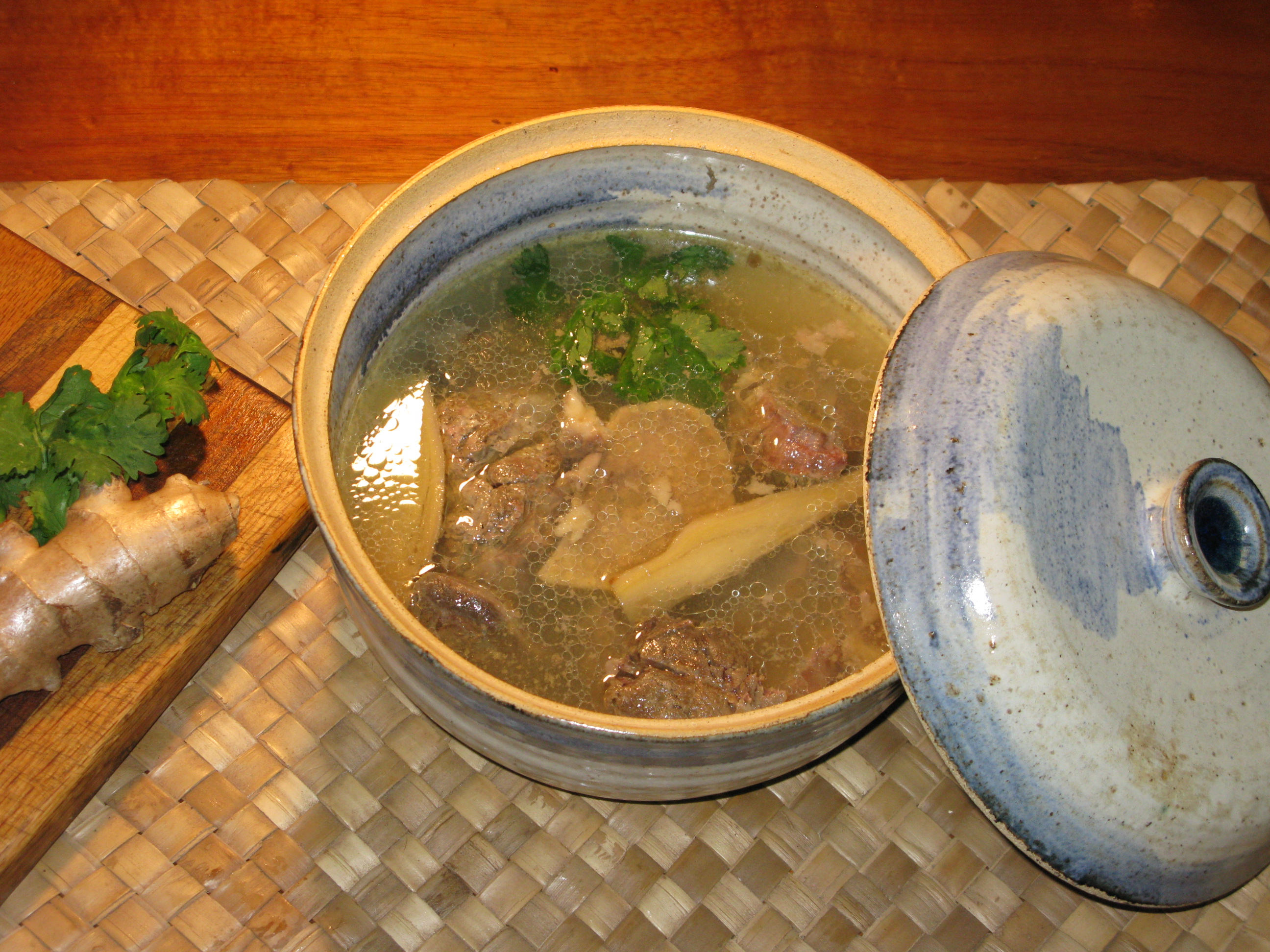The first clues came from Hawaii. A year before statehood, traces of carbon dioxide, the most common greenhouse gas responsible for the unnatural warming of our planet, were picked up in the wintry desert summit of Mauna Loa by a monitoring station installed by scientist Charles Keeling. The measurements revealed massive influx of carbon emissions in our atmosphere even in its most remote and pristine places. Now famously known to climate watchers as Keeling’s Curve, these numbers have climbed without pause ever since.
Sixty-two years later, we’re again the canary in the coal mine. This time it’s about wind, in particular the trade winds that cool our days and bring the rains to our islands.
A recent study by a University of Hawaii meteorology professor assisted by a graduate student sounded the alarm – a marked loss in trade winds – from 266 days in 1984 to 209 days in 2009. That’s a steady 22% decline over the last quarter of a century. The report indicates that researchers are looking further into broader historical data to explain the decline, but we wonder how this might impact rainfall numbers, since the hydrology system of our islands is based on trade winds carrying moisture from the atmosphere into our ranges and aquifers.
Looking at NOAA’s rainfall totals at the Honolulu International Airport revealed a possible direct correlation. From 1957 –1966, the average annual rainfall total was 23.37 inches. From 1997- 2006, the average was 16.16 inches. The difference, 6.76 inches less, means a 29% decline in rainfall. These numbers are our wake-up call.
We’re not schooled in meteorology or climatology. However, what we’re hearing from our farmers, confirms the immediate impact climate change already present here in the islands. It’s causing us to take a closer look and explore these issues further.
We’re finding that we as a community need to start asking some tough questions:
- What does this mean for alternative energy projects like the windmills going up around the state?
- How are we going to increase our food self-sufficiency when our most precious resource, water, is in decline?
- What steps can we take to preserve our water supply and recharge our aquifers? We can desalinate water for drinking and to irrigate our fields but to do so will be expensive when when the cost per barrel of oil is expected to increase in the months and years to come?
If we continue to avoid these issues and proceed without a comprehensive and long-term plan to transition our state to be water conserving, food and energy self-reliant – we’ll find ourselves facing food, gas/electric and water bills that’ll make living in Hawaii for most of us extremely difficult.
We’re proposing a re-think:
- Move up the state mandated timeline of 2030 for being 70% energy independent to 2020.
- At corporate and county levels, retain run-off and build or reinstate reservoirs to store water. Run-off that normally goes into the ocean can irrigate crops and help recharge our aquifers.
- Retain and protect prime agricultural land for growing food. Once these lands are developed they will never again be fit to grow food. We’re currently importing 85% of our food and we’re exporting $6 billion dollars in the process. Much of this food can be grown here and much of that money needs desperately to stay in our local economy.
As a community we need to talk with our families and rally our neighbors about taking steps on our own, like conserving water and looking into alternative energy systems for our own homes.
At our governing levels we need leaders who will task innovative planners and designers with a long-term plan to conserve water and transition Hawaii from our fossil fuel dependence to renewable energy alternatives that make sense.
Can Hawaii transform its role from the world’s tell-tale canary to innovative survivor by achieving energy, water and food independence? This decision is ours to make and it needs to be made right now.
Lisa Asagi & Dan Nakasone
She grows food, co-founders
